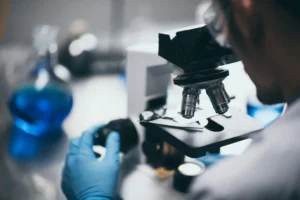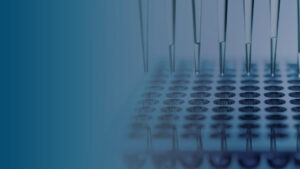Table of Contents
If you’re looking to improve the performance of your laboratory, gap analysis can be a valuable tool. By identifying gaps in your processes and procedures, you can streamline operations, reduce errors, and improve overall efficiency. Learn more about how gap analysis works and how it can benefit your laboratory.
What is gap analysis?
Gap analysis is a process used to identify the difference between the current state of a process or system and the desired state. It involves comparing the current performance of a process or system to a benchmark or best practice, and identifying areas where improvements can be made. In the context of a laboratory, gap analysis can help identify areas where processes can be streamlined, errors can be reduced, and efficiency can be improved.
Identify areas for improvement.
Gap analysis is a powerful tool for identifying areas where your laboratory can improve its performance. By comparing your current processes to best practices and benchmarks, you can identify areas where you are falling short and develop strategies for improvement. This might include streamlining workflows, reducing errors, or improving communication between team members. By addressing these gaps, you can improve the efficiency and effectiveness of your laboratory, leading to better outcomes for your patients or clients.
Develop an action plan.
Once you have identified the gaps in your laboratory’s performance through gap analysis, it’s important to develop an action plan to address them. This plan should include specific steps to close the gaps and improve efficiency. It’s important to involve all relevant stakeholders in the development of the action plan to ensure buy-in and collaboration. The plan should also include timelines and metrics for measuring progress and success. Regularly reviewing and updating the action plan will help ensure ongoing improvement in your laboratory’s performance.
Implement changes and monitor progress.
After identifying gaps in your laboratory’s performance through gap analysis and developing an action plan to address them, it’s time to implement changes and monitor progress. This involves putting the action plan into action and tracking progress against the established metrics and timelines. Regularly reviewing progress and making adjustments as needed will help ensure ongoing improvement in your laboratory’s efficiency. It’s important to involve all relevant stakeholders in the implementation and monitoring process to ensure buy-in and collaboration.
Continuously reassess and adjust as needed.
Gap analysis is not a one-time fix for laboratory efficiency. It’s important to continuously reassess and adjust as needed to ensure ongoing improvement. This involves regularly reviewing progress against established metrics and timelines, identifying any new gaps that may have emerged, and making adjustments to the action plan as needed. It’s also important to involve all relevant stakeholders in this process to ensure ongoing collaboration and buy-in. By continuously reassessing and adjusting, you can ensure that your laboratory is always operating at peak efficiency.




